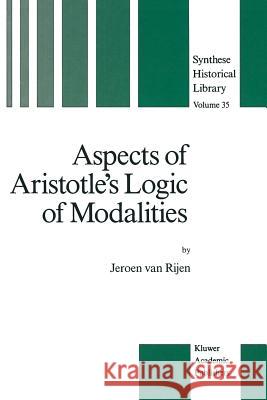Aspects of Aristotle's Logic of Modalities » książka
topmenu
Aspects of Aristotle's Logic of Modalities
ISBN-13: 9789401076968 / Angielski / Miękka / 2011 / 238 str.
Aspects of Aristotle's Logic of Modalities
ISBN-13: 9789401076968 / Angielski / Miękka / 2011 / 238 str.
cena 605,23
(netto: 576,41 VAT: 5%)
Najniższa cena z 30 dni: 578,30
(netto: 576,41 VAT: 5%)
Najniższa cena z 30 dni: 578,30
Termin realizacji zamówienia:
ok. 22 dni roboczych
Dostawa w 2026 r.
ok. 22 dni roboczych
Dostawa w 2026 r.
Darmowa dostawa!
Kategorie BISAC:
Wydawca:
Springer
Seria wydawnicza:
Język:
Angielski
ISBN-13:
9789401076968
Rok wydania:
2011
Wydanie:
1989
Numer serii:
000171689
Ilość stron:
238
Waga:
0.40 kg
Wymiary:
23.5 x 15.5
Oprawa:
Miękka
Wolumenów:
01











